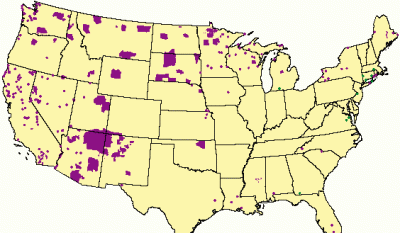The Native Americans
Work Group 4
Anna
Maria Caianiello, Domenico Gargiulo, Giuliano Iorio, Alessia Vallefuoco.
THE
NATIVE AMERICANS TODAY.
Today there are more than half a million Indians in the United States and millions more elsewhere in the
Americas. In
the United States, they still speak more than 100 different languages.
Economically they range from pauperism to affluence. A few have made money from
oil and other natural sources found on their lands, but many thousands live at
near-starvation levels. Some are educated and completely assimilated in white
society; many live in nearly complete isolation from non-Indian Americans. Relocation
programs have taken hundreds of Indians to work in cities; thousands of others cling to the
security of their reservations, hoping to gain education and assistance
necessary to develop the resources of their lands and become self-sustaining. But Indians generally also recognize
that their standards of living must be raised. Without giving up their unique
cultural heritage, they have organized into tribal councils to try to help the
federal government settle on long-range programs of education, health services,
vocational training, resource planning, and financial credit that will assist
them to solutions of the problems that have beset them for so many sad decades.
Today exist about 300 federal reservations in the
United States and There
are also 21 state reservations,
most of these in the East but Indians are free to live anywhere. (It is estimated that one-third to one-half
of the Indian population in the United States now lives in cities.) Some reservation land is owned, rented and
occupied by non-Indians. The largest reservation is held by the Navajo tribe.
Today in Mexico Indians are called indígenas,
direct descendants of the Aztec, Maya and other ancient civilizations.
In Peru about half of the population is Indian,
descendants of the Incas.
On the positive
side of the Native North American situation, Indian art is enjoying a
renaissance. First in the realm of Indian arts and crafts, where many Indians,
using traditional techniques and forms, have found reliable markets among both
tourists and serious collectors; and second, in the realm of fine arts, where
Indian painters and sculptors, in a burst of new esthetics that blend the
traditional with the modern, have developed international reputations. Native
North American culture in both the United States and Canada is a national
treasure.
In 2004, a museum was opened in Washington, D.C.
paying tribute to their heritage. The museum is called the In 2004, a museum
was opened in Washington, D.C. paying tribute to their heritage. The museum is
called the National Museum of the American Indian.





.jpg)


Well done! Was it impossible to find a video?
RispondiEliminaPlease, try to find a current photo about Natives!
RispondiEliminaGood job!
RispondiElimina